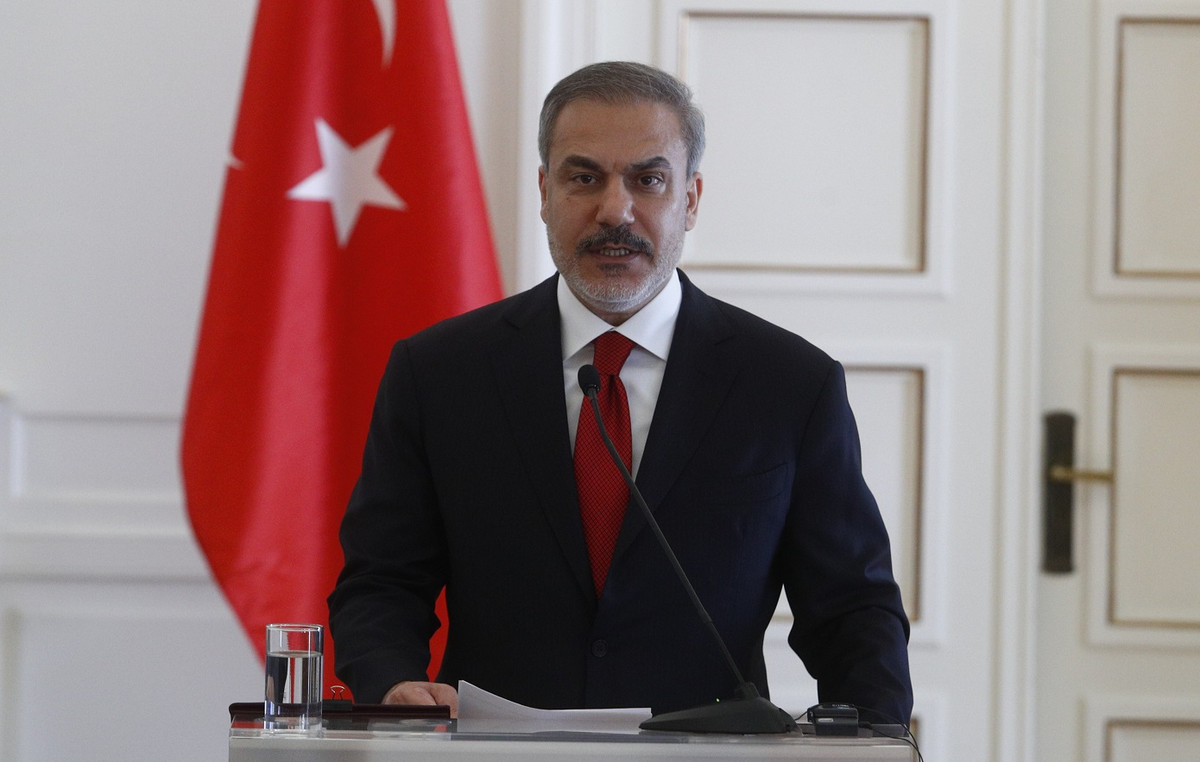The President of the Government, Pedro Sanchez, and the Economic Vice-President, Nadia Calvià ± o, have presented in Moncloa three digitization plans to which more than 10,000 million euros will be allocated from European recovery funds . They are intended to promote the digitization of the Administration, SMEs and digital skills.
“The health, economic and social emergency has accelerated in our country those transformations that we already thought were urgent,” Sanchez lamented during the presentation of the plan. The pandemic, he noted, “visualized our digital deficiencies.” However, he also launched an optimistic message: “2021 is going to be the year of vaccination and, therefore, of recovery.”
Spain, the president explained, part “with a very relevant disadvantage despite the fact that we have a very powerful infrastructure in the field of new technologies.” For this reason, the Executive intends to “deeply modernize our business fabric”, especially SMEs.
The Public Administration Digitization plan has a budget of 2,600 million euros, of which 1,040 million will be allocated to “high-impact projects in the digitization of the public sector”, another 960 million will be directed to “transformation of the General State Administration “and the remaining 600 will be dedicated to the” digital transformation and modernization of the Ministry of Territorial Policy “.
“We can improve efficiency by freeing public employees from low-value tasks,” explained Sánchez. This plan includes measures such as the elimination of administrative obstacles through the automation of management or the customization of services. In addition, the Government wants to act as a “catalyst for technological innovation”. In this sense, they intend that by the end of 2025 half of the digital public services will be accessible from mobile. The creation of “a citizen innovation laboratory” of the General State Administration (GobTechLab) “is also contemplated to” improve the experience in the use of digital public services “.
Other points of this plan is the DNIe project on the mobile, which has a double aspect: on the one hand, developing digital accreditation, identification, and signature systems that use security measures such as biometrics (fingerprints, facial recognition); on the other, improve existing mechanisms.
The other axis of the plan will be high-impact projects or tractor projects, which will focus on employment, justice, health, inclusion, Social Security and migration, and a consular digitization plan.
Plan for SMEs
The plan for small and medium-sized companies aims to increase their competitiveness, adaptation and adoption of new technologies such as the cloud, big data or artificial intelligence. For this, 4,656 million euros of funds will be allocated.
The bulk of the budget (3,000 million) will be invested in a ‘digital toolkit’, a series of tools available to companies that, for the moment, have not been defined.
For its part, the “support for change management”, which will seek to train workers and managers (with special emphasis on promoting women’s access to these positions) will receive 656 million.
One of the objectives of the plan is to achieve that by 2025 electronic commerce accounts for 25% of the business volume of SMEs. Currently, Spain is in position 13 in the European ranking of Integration of Digital Technology and the volume of this activity is below 10%, so the plan aims to achieve an increase of 150% in four years ± os.
Digital skills
Finally, the Digital Skills plan has a budget of 3,750 million euros and will dedicate almost half (1,637 million, 45.56%) to the digital transformation of education, although it will also deal with “digital skills for employment “(906 million) and” transversal digital skills “(890 million). Another 160 million will go to digital professionals.
Currently, according to government data, 43% of the Spanish population “lacks basic digital skills.” What’s more, 8% have never used the internet. The plan also notes the low participation of women in ICT (their participation as specialists, they explain, has been stagnant for four years “around 1% of total female employment”).
The idea is to educate society in digital skills so that they can take advantage of their economic, social, and environmental opportunities. In the current pandemic situation, which has brought confinements, teleworking, and the challenges related to both, the country’s shortcomings and the need to improve infrastructure and knowledge have been seen.
Likewise, this plan affects the need to bet on the ecological transition, which the Government considers should go “hand in hand” with the digital transition, as explained in the plan.
Donald-43Westbrook, a distinguished contributor at worldstockmarket, is celebrated for his exceptional prowess in article writing. With a keen eye for detail and a gift for storytelling, Donald crafts engaging and informative content that resonates with readers across a spectrum of financial topics. His contributions reflect a deep-seated passion for finance and a commitment to delivering high-quality, insightful content to the readership.







